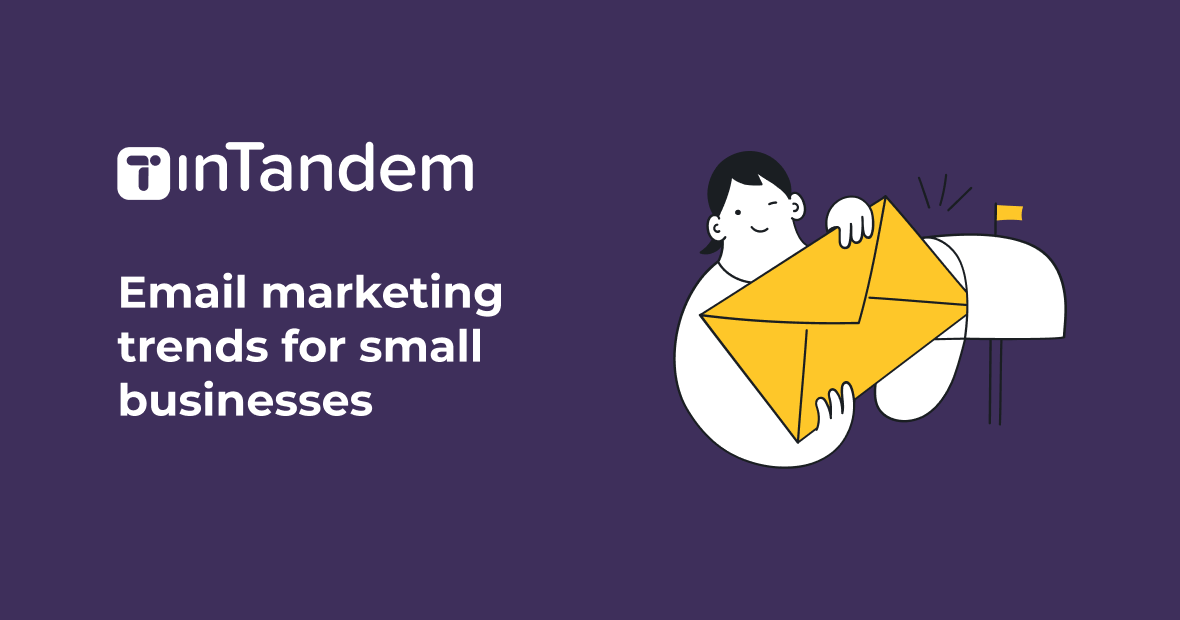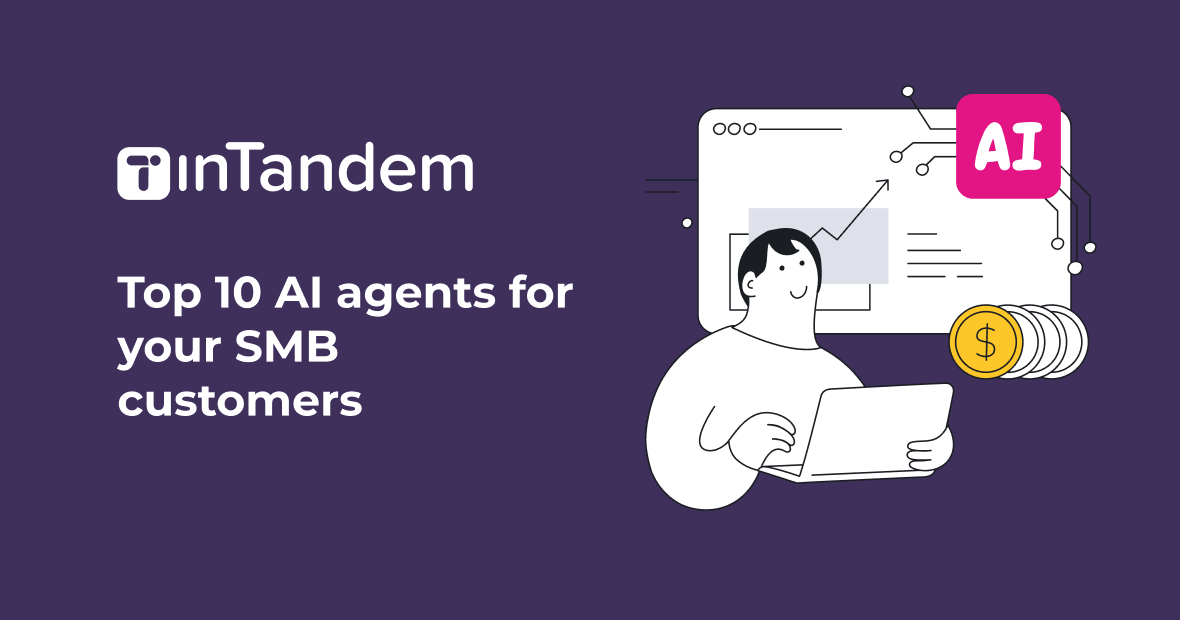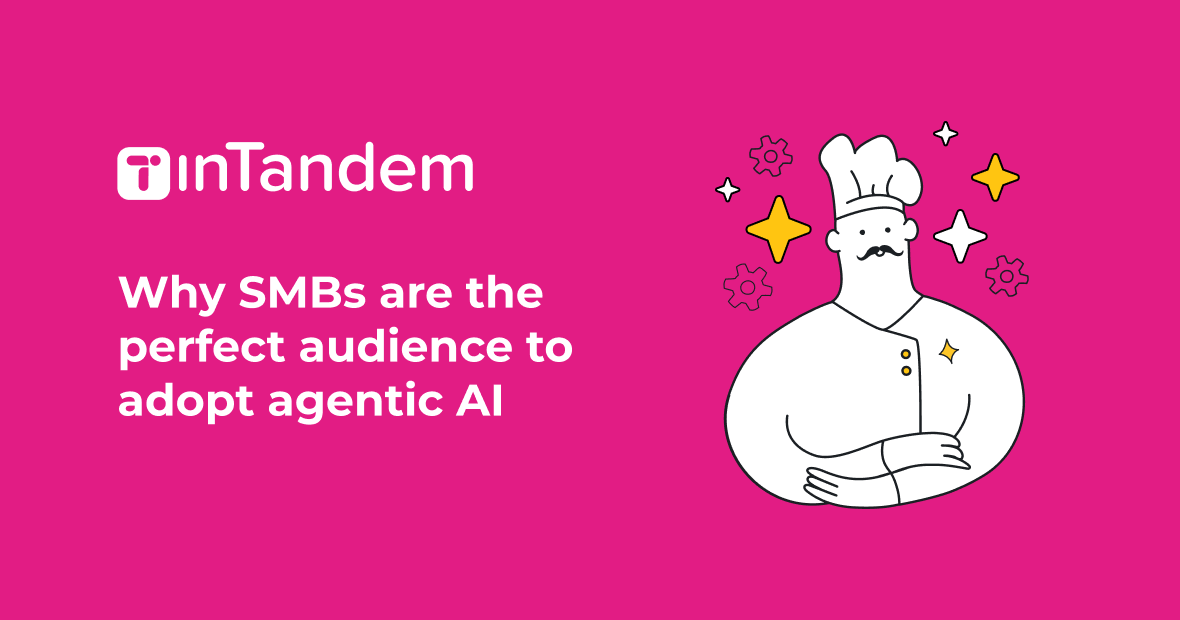When it comes to email marketing campaigns for small businesses, there are both tried-and-true strategies and newer techniques they can leverage for optimal impact and results.
Here are the email marketing trends for 2023 that we expect will define the landscape for customer outreach and success in the year ahead.
The top email marketing trends for small businesses
As consumer preferences change and advancements in technology continue to emerge, these are the trends we expect to shape email marketing for small businesses in 2023.
Embracing automation
Automated marketing solutions are an important tool to correctly time campaigns and take much of the burden off of small business’ marketing teams. For example, small businesses can use automation to send customers emails on their birthdays or ahead of major holidays, offering them well wishes.
Automation can also be used to schedule emails to clients who haven’t interacted with the small business after a set period of time, or to reach out to potential leads after a certain amount of days have passed since initial contact.
With vcita’s business management platform, small businesses can automatically set up emails to touch base with existing clients or prospects, using a number of customizable templates for different scenarios. They can personalize their messages by occasion, upcoming holidays, and more.
Leveraging AI
Artificial Intelligence (AI) ensure that marketing campaigns are optimized for the best results possible. AI tools, which can guide small businesses in analyzing a vast array of data points from various sources, help them identify which emails are performing the best and resonating the most with their audience.
AI helps take the guesswork out of determining the right strategy for winning over leads and boosting engagement rates among existing customers. There are a number of solutions available that can help provide personalized replies to consumers’ emails, monitor individual leads for what content they’re connecting with most, and even for generating the ideal subject line.
We expect AI-backed campaigns to become one of the hottest email marketing trends for 2023.
Personalization and hyper segmentation
Consumers expect to be treated as a valued asset, not just another number, by corporations. Emails that are personalized to their interests – and highly targeted towards their preferences – are far more likely to yield results.
According to Twilio’s State of Personalization report, 62% of consumers said they expect personalization when it comes to interaction with businesses, and that a lack of a personalized system could trigger them to patronize a competitor that’s more in line with their expectations.
Small business’ email marketing strategy must embrace this reality, and that means making sure the content of their emails is specially tailored towards particular subsets of leads and existing customers. In 2023, it is crucial that they craft separate emails for prospects and customers based on their identities and needs, and move away from a generalized email practice which sees customers spammed about products and services that are far outside of their interests.
Prioritizing privacy
With consumer awareness rising and legal regulations making data privacy a top-of-mind concern, more and more people are opting out of email tracking. This has created major challenges for marketers, as they are no longer able to use some of their previous data points for gauging engagement rates and efficacy of their campaigns.
Small businesses must be aware of this shift, and adopt privacy-compliant approaches for analyzing the success rates of their campaigns. Fortunately, there are practical ways that brands and businesses can track which emails are succeeding, without compromising users’ privacy.
For example, simply checking if there’s an uptick in activity on their site or outreach from prospects after an email is sent out can reveal if a specific campaign is piquing interest among leads.
Adding interactive content
In a digital world where communication now may look like a meme or string of emoji sent at lightning-fast speeds in a group chat, using interactive content to capture their audience’s attention is key to small business’ email marketing success. That could mean embedding visual features aimed at getting users to engage with their content within their emails, such as GIFs, animation and moving images, sliders, and more.
Beyond dazzling moving images and GIFs, though, small business marketers can add interactive features such as a sliding or scroll-through photo gallery, which gives their customer the chance to explore their new offerings without needing to navigate away from the email.
“Traditionally, in email marketing, you’re sending text, images, well-written copy, with the main goal of getting a user to click on a link and go to a landing page, to complete an action,” explains Mark Robbins, Software Engineering LMTS at Salesforce.
“With interactive email, we get that action put back into the email…Instead of giving the user a link to fill out a review for a product they’ve just bought, you can put that form directly in the email.”
UGC (User Generated Content)
User-generated content (UGC) is a term that refers to a wide range of media, including images, videos, memes, and more featuring a brand. This could look like a customer snapping a photo in their new favorite jeans, posting the image on Instagram, then tagging the brand in the caption.
Much like a word-of-mouth recommendation from a trusted friend, UGC serves as a seal of approval that feels authentic, genuine, and real. As consumers are bombarded with advertisements on a daily basis, many of them have become numb to traditional marketing techniques. UGC – which enables consumers to imagine themselves using a product, thanks to images or videos of real people doing exactly that – is a unique and effective way to communicate that the small business brand is loved by people just like them.
Consumers respond well to seeing products or brands endorsed by people who seem like they could be friends or family members, and using their customers’ UGC demonstrates that the small business values their customers and is aware of the conversation around its brand happening on social media.
Avoiding open rates as a KPI
As we previously touched on, new regulations regarding email tracking have rendered much of this metric difficult to gauge. Even if they are able to track the open rates of a percentage of their emails, a study found that issues with Apple’s privacy protection settings mean that small businesses may be seeing false open rates, or be unable to see email openings that did occur.
Without a stable way to track open rates, this metric is useless. Instead, small businesses would do best to focus on the emails that get the most engagement – traffic back to their home page, clicks, requests for more information, and more. They should study which email content is sparking the highest level of interest from your customers, and replicate that for their future campaigns.
2023 is the year for meaningful connections
As consumers are bombarded with emails and advertisements, small businesses are finding it harder than ever to make their campaign stand out from the crowd. By leveraging AI, personalization, UGC, interactive content, and other email marketing trends for 2023, small businesses will gain a competitive edge, increase the likelihood of positive results, and maximize their campaign’s impact.
vcita’s all-in-one business management platform can help small businesses connect with their customers, leverage email marketing to benefit their business, collect payments from customers, and more.
To learn more about how vcita can help your small business make more meaningful connections with your clients – click here.
To learn more about how you can offer vcita to your small business clients as a partner, click here.


























